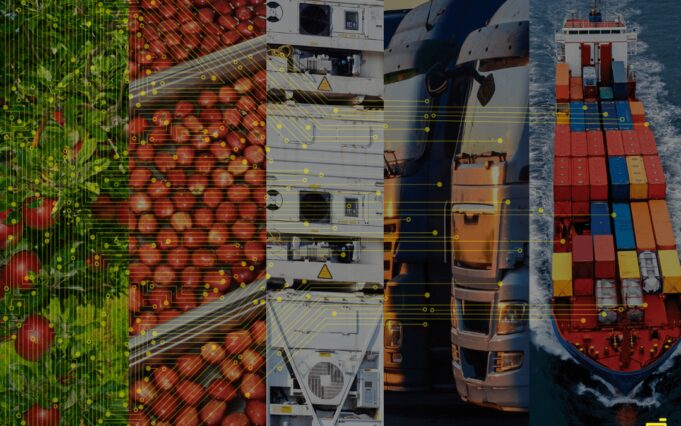Be it Vietnamese dragon fruits, Malaysian bananas, or kiwis from California; how is everything so fresh on the shop shelves? You might have been thinking the fruits you top on your cereal or pancakes are grown in local farms or maybe large commercial ones. The scenario is quite the opposite.
Imports have piled up in the last few years in the United States and almost more than half of the fruits Americans have been imported from foreign countries for years. Though the United States is a prominent exporter of agricultural products, the country has seen a substantial rise in the demand for foreign fruits.
Milk, meat, fruits, and vegetables are some of the strenuous tasks in today’s competitive business environment. When exploring global fruit logistics, the security and safety of products have highly empathized in supply chain streamlines. Slight interruption in any path can cause fruits to damage and result in food poisoning if anyhow consumed. Of course, other social and financial losses have their hands-on too.
How do we get it all fresh?

Big thanks to the refrigeration facility that saves a lot of food from wasting away. Don’t forget that transportation facilities and advanced infrastructure has almost reduced food losses and wastages. The logistic procedure implemented in supplying fruits globally is a complicated yet appealing one. The process involves three categories:
1. Storage system:
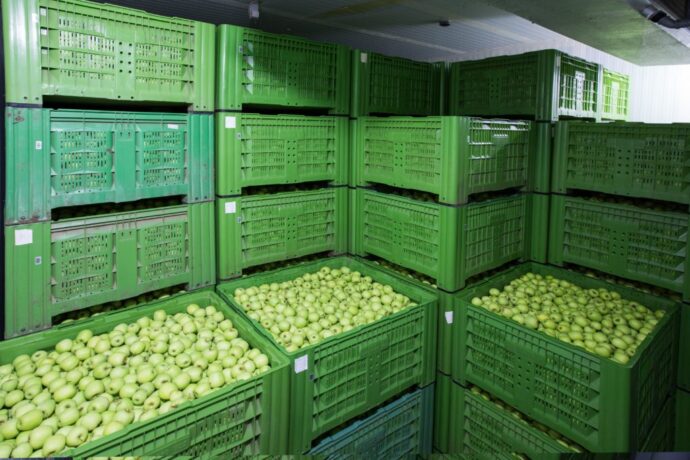
We can adopt conservation strategies to protect the vegetables produced in the season from rapid decay for the purpose of late use. The metabolic processes of plants (leaves, flowers, fruits) are controlled by various oxidants. The perishable product is protected from rapid decomposition. That is why we use different conservation methods.
Vegetables can be kept in cold storage at low temperature and high humidity for storage. The taste, aroma and nutritional value of vegetables remain almost unchanged. However, it is very expensive and the number of cold storages is not enough. Due to being fresh and juicy, vegetables rot quickly. Therefore, if you can reduce the amount of water in dried vegetables, they are not easily infected by germs and can be stored for a long time. There are many methods of preserving vegetables even after processing.
Processing changes the basic structure of vegetables and requires the use of certain means or chemicals to protect them from decay. Vegetables can be processed and eaten at home for a long time. Processed on a commercial basis, it can play a helpful role in establishing a small industry and alleviating rural poverty and self-employment.
2. Pre-cooling:
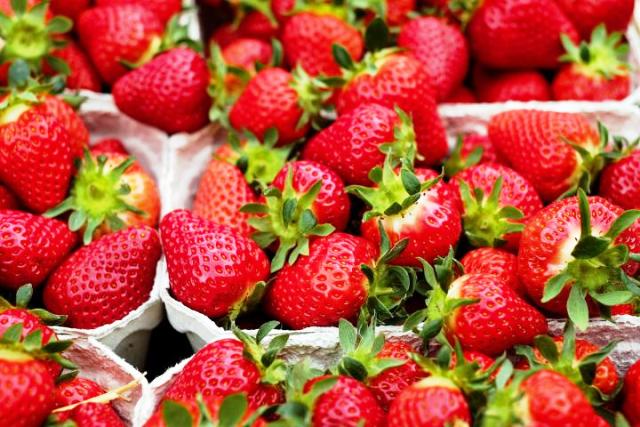
After sorting the vegetables in the pack house, the next step is to cool the vegetables. It is possible to significantly reduce the temperature of vegetables by mixing ice cubes in clear and clean water and then putting vegetables in it. Studies have shown that when cooled in this way, the internal temperature of vegetables can be brought down to about 13-16 degrees. Cooling can reduce respiration and increase the lifespan of fruits and vegetables.
3. Transportation:
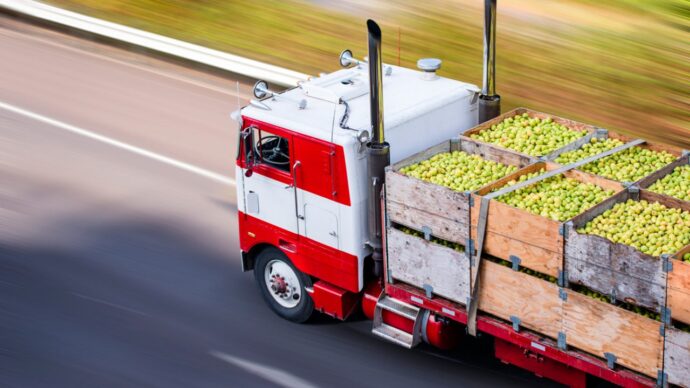
Transportation is one of the most important tasks in marketing. This work creates spatial utility of the product. The work by which the goods are delivered from the producer to the buyer and the spatial utility is created is called transport. That is, transportation is the transfer of goods from the place of production to the place of purchase or use, and thus the timely and on-site utility of the product is created.
Transportation helps in the distribution of goods in two ways. One is by delivering the raw materials of the manufactured goods to the industry and the other is by delivering the manufactured goods to the buyer or consumer.
The transportation system has a huge impact on the price of goods. The easier, faster and easier the transportation of goods, the lower the price of goods. As a result, buyers will be able to purchase their desired product at a lower price.
The place where the goods are produced is not to be consumed. Differences are observed between the place of production and the place of consumption. Here the transport reaches the producer and the consumer so that the spatial barrier between them is removed.
Products are produced to deliver at the right time among buyers. The main goal of the marketer is to deliver the product safely within the reach of the buyers. The product is delivered from the manufacturer to the final consumer through transportation. As a result marketing objectives are achieved.
Fruits from global farms to your fork taste fresh only when food standards and transport regulations are strictly monitored.
Companies now choose to maintain their transportation and trade management procedures using advanced technologies. This allows them to have better visibility in internal supply chain flow which in turn results in customer satisfaction and higher profits.
Role of Logistics Software
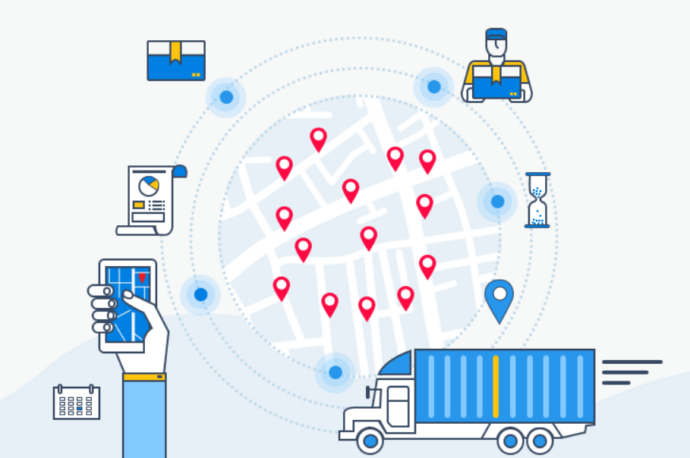
Transport management systems (TMS) and 3PL warehouse management systems (3PL WMS) play a central role to ensure effective transportation planning and implementation. As logistics is one of the most critical links in the supply chain, more and more companies are driven towards TMS to manage critical blockages.
Advanced TMS solutions enable businesses to plan, execute, and keep information flowing between manufacturers, warehouses, distributors, and third-party logistics services.
When perishable goods are concerned, cold supply chain management (CSCM) maintains various temperatures at different inspection points. CSCM deals with three important aspects when delivering fruits and vegetables.
- Conservation
- Shipping
- Distribution
A recent study shows that transportation and shipment account for 33% of food losses. Variation in temperature controls, inadequate refrigeration facility, high pesticide, and insect contamination are some other reasons for major food losses globally. However, CSMC has reduced food losses to some extent, the main concern lies in on-time delivery maintaining quality.
Final Thoughts
Not all fruits are farm fresh! They are chemically treated for almost a year to look good. As refrigerated fruits arrive in stores, they are placed in sealed rooms and then put to display. However, not all fruits go through the same procedure!

